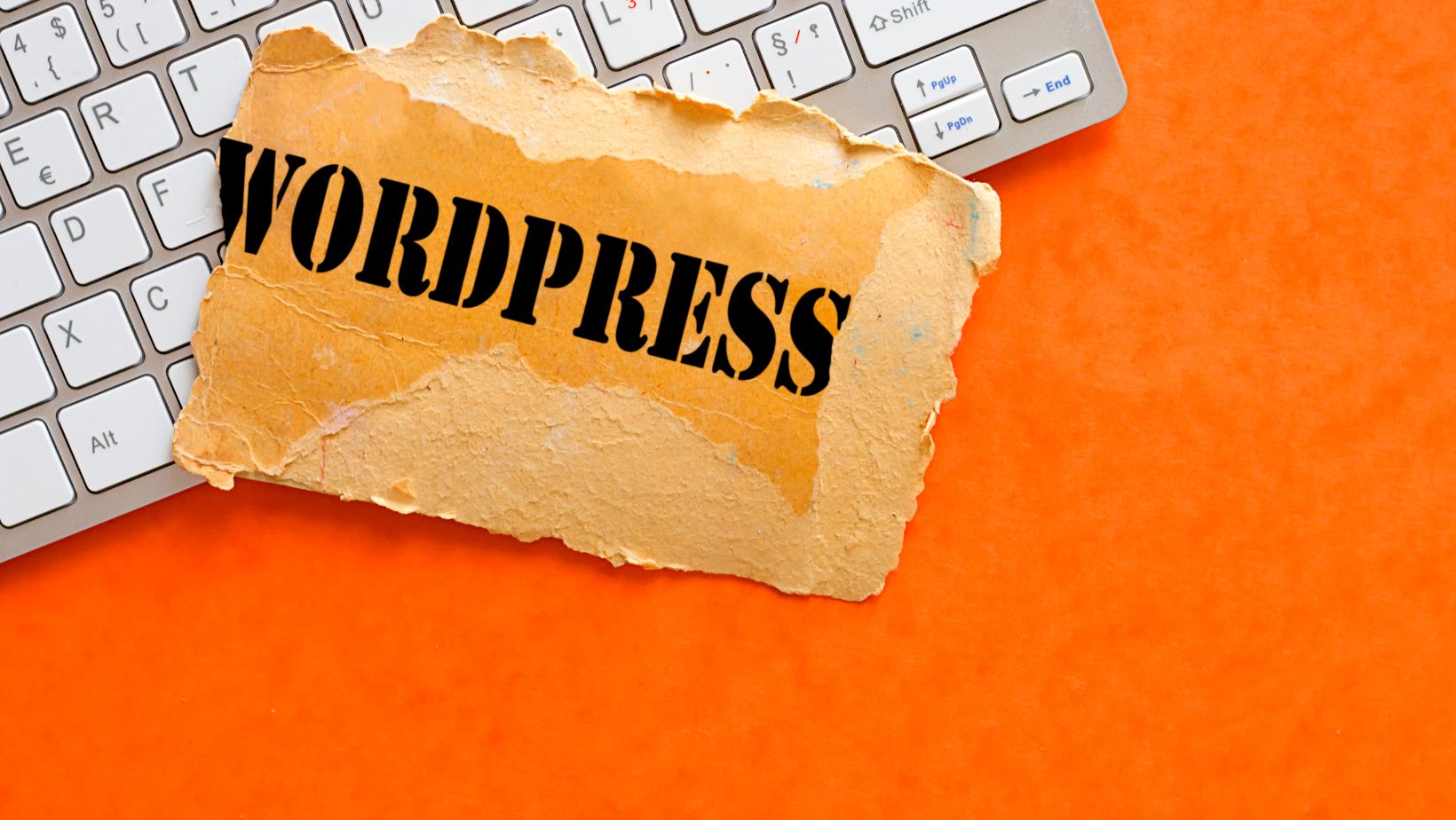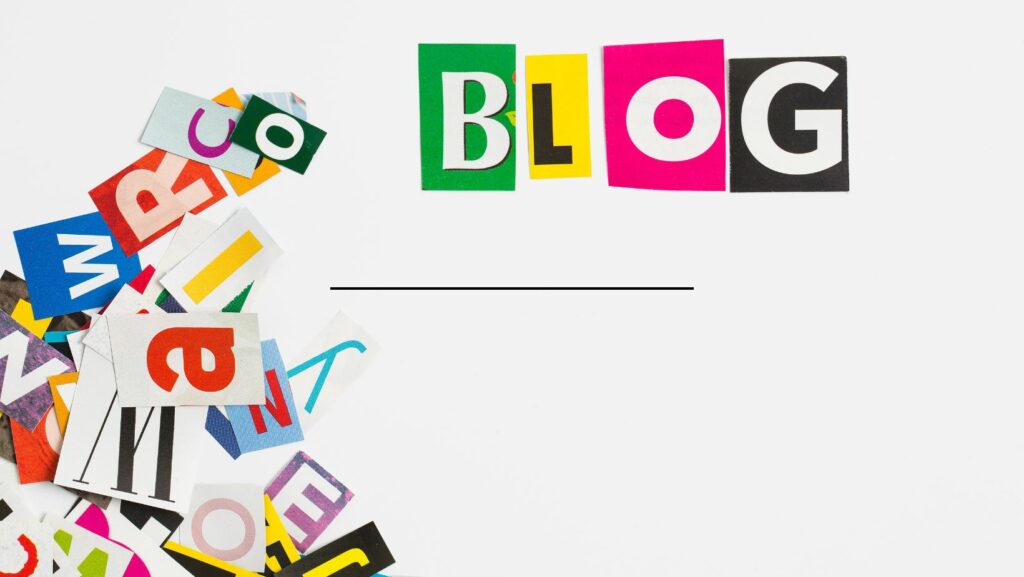Whether you’re a seasoned blogger or just starting, WordPress Blogging has something for everyone. It’s not just about writing posts; it’s about creating a space that reflects your brand and connects with your audience. With WordPress, the possibilities are endless, and the journey is just as rewarding as the destination.
WordPress Blogging
When it comes to WordPress blogging, one crucial decision bloggers face is selecting the ideal WordPress hosting service. Understandably, it can be quite overwhelming to sift through the countless options available, but it’s a crucial step to ensure optimal blog performance.
Choosing the right WordPress host is important because it can directly affect your blog’s performance and, consequently, your audience’s user experience. If your website takes too long to load, or if it’s down frequently, you’re likely to lose visitors and potential clients. By picking a reliable WordPress host, you’re taking a significant step toward ensuring your blog’s success.
The second important metric is the speed or load time of your blog. If your site takes more than 3 seconds to load, chances are you will lose a chunk of your visitors. Therefore, you should always lean toward a hosting service that provides quick loading times for WordPress sites.
Finally, customer service can’t be overlooked. Exceptional customer support ensures that if any issues arise, they will be resolved swiftly, minimising downtime for your blog.

Installing WordPress
With the right WordPress host sorted, let’s dive into the installation of WordPress, a key next step on the journey to perfect blog setup. Remember, selecting an appropriate hosting provider is just the beginning. Now it’s time to install WordPress — the engine that’ll drive the blog.
Most WordPress hosting providers offer one-click WordPress installation. This feature makes an otherwise tedious task seamless and quick, drastically reducing the technical complexity involved. There’s often an option for WordPress installation in the control panel provided by a hosting service. The blogger simply has to click on it, follow some intuitive steps, and voilà — WordPress is installed.
It’s important to point out that the measures taken during WordPress installation can have long-term effects on the blog’s performance. Therefore, proper caution, attention to detail, and observance of standard blogging norms are necessary at this stage. It’s more than just the click of a button — it’s the setup for a healthy, reliable blog.
Part of this process involves choosing a theme. A theme dictates the overall visual design and layout of the blog. WordPress comes with thousands of free and premium themes. Selecting one that aligns with the blog’s identity, subjects, and colour scheme can present a consistent and attractive user interface to readers.
Additionally, during installation, bloggers would want to install essential plugins that can improve the functionality of their blogs. SEO plug-ins for better search visibility, security plugins for protection against cyber threats, and performance plugins for enhanced speed are some worth considering right from the start.
Selecting a WordPress Theme
After the initial installation phase, Selecting a WordPress Theme becomes the next crucial step. The theme one chooses significantly impacts the blog’s overall aesthetics, user experience, navigation, and even search engine optimization. It’s about more than just looks – it’s about how the blog feels and functions.
One of the major advantages of WordPress is its vast repository of themes. Irrespective of the blog’s niche, there’s a WordPress theme out there that aligns perfectly with its identity. From minimalist, professional-style themes to bold, vibrant ones catering to creative individuals and businesses – there’s no shortage of options.

With such a plethora of options, choosing a theme might seem overwhelming. One can start by identifying the blog’s requirements, understand the features necessary, and consider the end users’ experience. Crucial factors to bear in mind might include:
- Blog layout: Single column, multi-column, grid system?
- Responsiveness: Does the theme adapt well to various screen sizes?
- SEO capability: Does it offer built-in SEO options to enhance the blog’s visibility?
- Widget placements: How versatile is the widget placement?
- Support and updates: Does the theme developer offer ongoing support and regular updates?
While one might be tempted to go for a theme laden with features and customization options, it’s important to note that simplicity often wins hearts online. A clean, uncluttered, easy-to-navigate blog encourages users to stay longer, explore further, and connect better.
Finally, consider investing in a premium theme if budget permits. Premium themes not only offer a unique design and often superior technical support but also tend to perform better in terms of SEO and loading speed.



